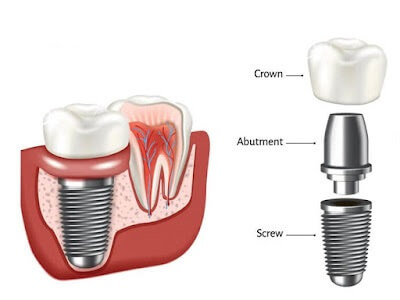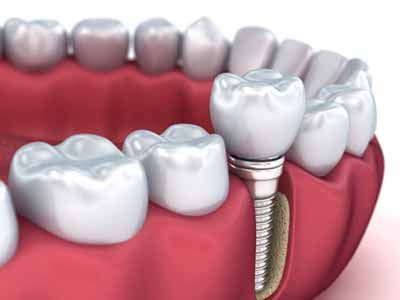


These technological advancements in dental implantology have greatly enhanced the precision, predictability, and outcomes of dental implant procedures. By leveraging digital imaging, guided surgery, and improved osseointegration techniques, dentists are able to provide patients with more efficient, minimally invasive, and successful implant treatments. These advancements continue to evolve, pushing the boundaries of implant dentistry and offering patients improved oral health and enhanced quality of life.
Technological advancements have revolutionized the planning phase of dental implant procedures. Digital imaging techniques, such as cone-beam computed tomography (CBCT), provide highly detailed 3D images of the oral structures, allowing dentists to accurately assess bone quality, quantity, and proximity to important anatomical structures. This enables precise implant placement planning, reducing the risk of complications and improving the overall success rate of the procedure. Computer-aided design/computer-aided manufacturing (CAD/CAM) technology is also used to create customized surgical guides, improving the accuracy and efficiency of implant placement.
Guided implant surgery involves the use of computer-guided systems to precisely position implants. This technology allows for real-time visualization of the surgical site, enabling the dentist to accurately place the implants according to the pre-determined treatment plan. By using virtual planning and navigational tools, dentists can achieve optimal implant placement, leading to improved success rates, reduced chair time, and enhanced patient comfort. Guided implant surgery promotes a minimally invasive approach, as it enables smaller incisions and minimizes trauma to the surrounding tissues.
Osseointegration is a crucial process in dental implantology, where the implant fuses with the surrounding bone. Technological advancements have focused on enhancing osseointegration to improve implant stability and long-term success. For instance, the development of advanced implant surface modifications, such as nanostructured and bioactive coatings, has shown promising results in promoting faster and more predictable bone integration. Additionally, the use of growth factors and biomaterials with enhanced bioactivity has been explored to further enhance osseointegration and reduce healing times. These advancements in osseointegration techniques contribute to the overall success and longevity of dental implants.
Copyright @2023, All Rights Reserved By Dental Implant Turkey.